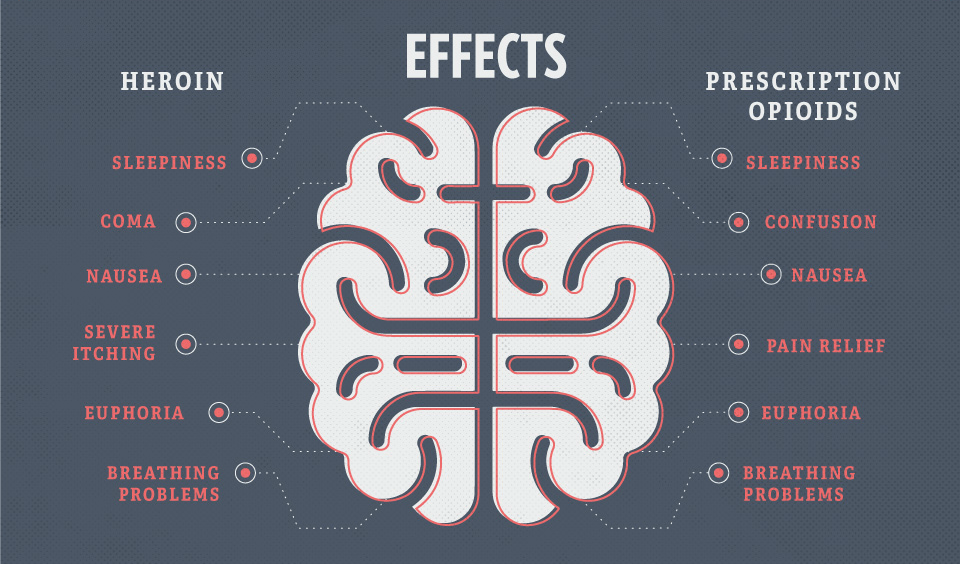Oxycodone is a semi-synthetic opioid derived from thebaine, an alkaloid found in the opium poppy. It is commonly used to treat pain that is not responsive to less potent analgesics. As a central nervous system depressant, it alters the way the brain and nervous system respond to pain, providing relief for individuals experiencing significant discomfort.
Tag Archives: Respiratory Depression
Morphine is a powerful analgesic used primarily in the treatment of severe pain. Derived from the opium poppy, Papaver somniferum, it belongs to a class of drugs known as opioids. Opioids are substances that act on opioid receptors in the brain to produce morphine-like effects, primarily pain relief.
Understanding why alcohol and pain pills don’t mix requires delving into the science of how these substances interact with our bodies. Alcohol, a central nervous system depressant, affects the brain by slowing down its functions. Pain pills, particularly opioids and certain over-the-counter medications like acetaminophen and ibuprofen, also have profound effects on the central nervous system and other bodily functions.
Painkillers, or analgesics, work by blocking pain signals from reaching the brain or by interfering with the brain’s interpretation of those signals. There are various types of pain medications, each working in different ways. The most common include nonsteroidal anti-inflammatory drugs (NSAIDs), acetaminophen, and opioids.
Opiates are a class of drugs naturally derived from the opium poppy plant. This plant has been used for centuries in traditional medicine for its pain-relieving properties. The key alkaloids extracted from the opium poppy include morphine and codeine, which are used in various pharmaceutical formulations.





